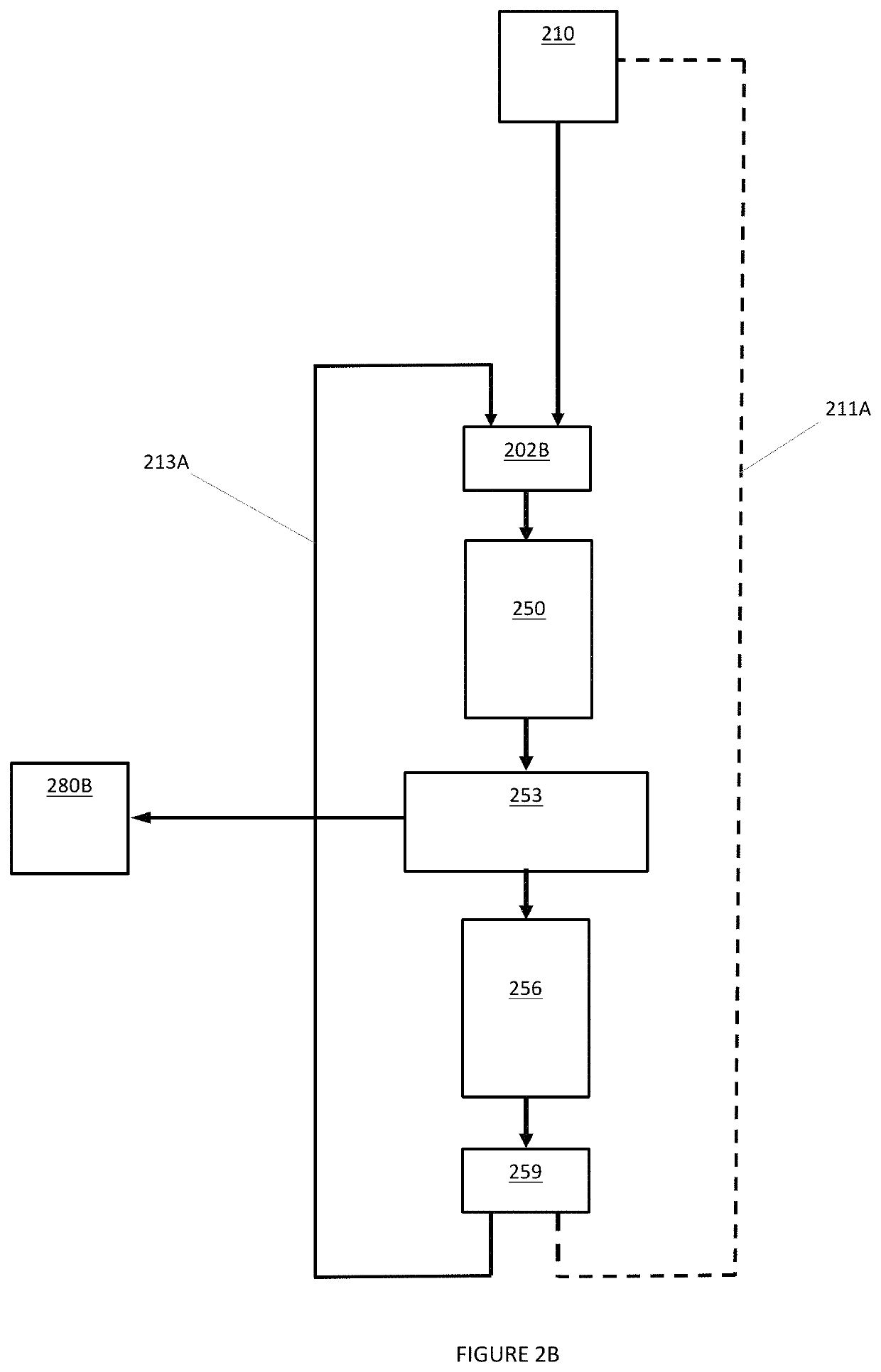Display device and system
a technology of display device and display screen, which is applied in the field of projectors, can solve the problems of reducing the quality of the display, reducing the efficiency of the display, and reducing the amount of sunlight, so as to increase the maximum brightness and reduce the effect of waste of resources
- Summary
- Abstract
- Description
- Claims
- Application Information
AI Technical Summary
Benefits of technology
Problems solved by technology
Method used
Image
Examples
Embodiment Construction
[0050]The present invention is not restricted to the embodiments described in the following but extends to the full scope of the appended claims. That is, the present invention may be embodied in different forms and should not be construed as limited to the described embodiments, which are set out for the purpose of illustration.
[0051]Terms of a singular form may include plural forms unless specified otherwise.
[0052]A structure described as being formed at an upper portion / lower portion of another structure or on / under the other structure should be construed as including a case where the structures contact each other and, moreover, a case where a third structure is disposed there between.
[0053]In describing a time relationship—for example, when the temporal order of events is described as “after”, “subsequent”, “next”, “before” or suchlike—the present disclosure should be taken to include continuous and non-continuous events unless otherwise specified. For example, the description s...
PUM
 Login to View More
Login to View More Abstract
Description
Claims
Application Information
 Login to View More
Login to View More - R&D
- Intellectual Property
- Life Sciences
- Materials
- Tech Scout
- Unparalleled Data Quality
- Higher Quality Content
- 60% Fewer Hallucinations
Browse by: Latest US Patents, China's latest patents, Technical Efficacy Thesaurus, Application Domain, Technology Topic, Popular Technical Reports.
© 2025 PatSnap. All rights reserved.Legal|Privacy policy|Modern Slavery Act Transparency Statement|Sitemap|About US| Contact US: help@patsnap.com



